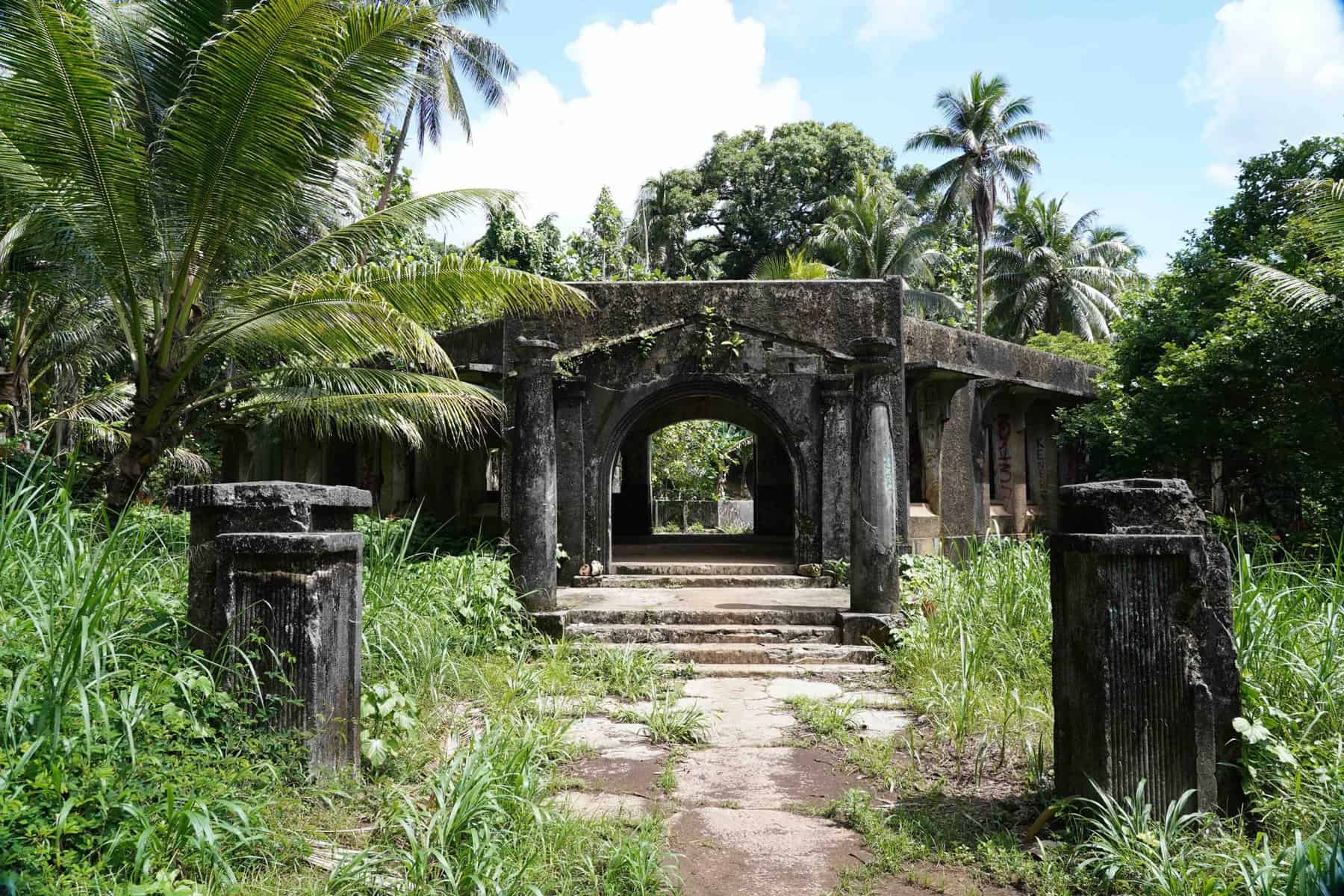A little-known chapter of World War II history is being meticulously unearthed in Chuuk Lagoon, in research spearheaded by Dr William Jeffery, Associate Professor of Archaeology and Micronesian Studies at the University of Guam (UOG).
Chuuk Lagoon, once a significant Japanese military base during World War II, witnessed the sinking of dozens of Japanese military ships, becoming the final resting place for at least 50 to 60 major vessels.
The aftermath of US bombings, spanning over 18 months from February 1944, left a poignant legacy with over 5,000 Japanese and 1,000 Chuukese casualties.
While shipwrecks now serve as a major attraction for tourists and researchers, Dr Jeffery and his team aim to broaden the historical narrative beyond the underwater relics.
Focusing on Tonoas, an island in the lagoon that served as the Japanese wartime headquarters in Chuuk, the team is exploring sites beyond shipwrecks to provide a comprehensive view of the war in the area.
“The war remains are not just shipwrecks. There are all these other sites on Tonoas. It was heavily bombed. It had a submarine base. It had a seaplane base,” explained Dr Jeffery.
Tonoas, with its small town of approximately 800 people, bore witness to significant historical events during the war.

The project, funded by a grant from the American Battlefield Protection Program, aims to generate outcomes that extend beyond documentation.
Plans include the development of tourism-related aspects, such as signage for specific sites, online informational content, and a brochure.
Dr Jeffery is also committed to highlighting the impact of the war on traditional Indigenous sites and cultural heritage in Chuuk.
“The other thing we’re doing on Tonoas, which is very significant, is that the war and the bombings bombed traditional Indigenous sites on Chuuk and had a big impact on traditional cultural heritage. So, we want to bring that out,” he said.

In addition to documenting historical sites, the project seeks to engage with the local community, training programs for Tonoas residents as tour guides and for potential employment in historical site preservation and diving are in the pipeline.
Dr Jeffery aims to connect with students from Chuuk, including those at UOG, to raise awareness about the war’s local impact.
The project, initiated in 2021 and delayed by the COVID-19 pandemic, finally saw a three-week survey conducted in July 2023.
Collaborating with local partners, such as the Tonoas mayor’s office, members of the Chuuk community, and staff from the Chuuk Historic Preservation Office, the project strives to uncover and preserve the wartime past of Chuuk Lagoon, enriching our understanding of the Pacific’s history and its enduring impact on Micronesia.

